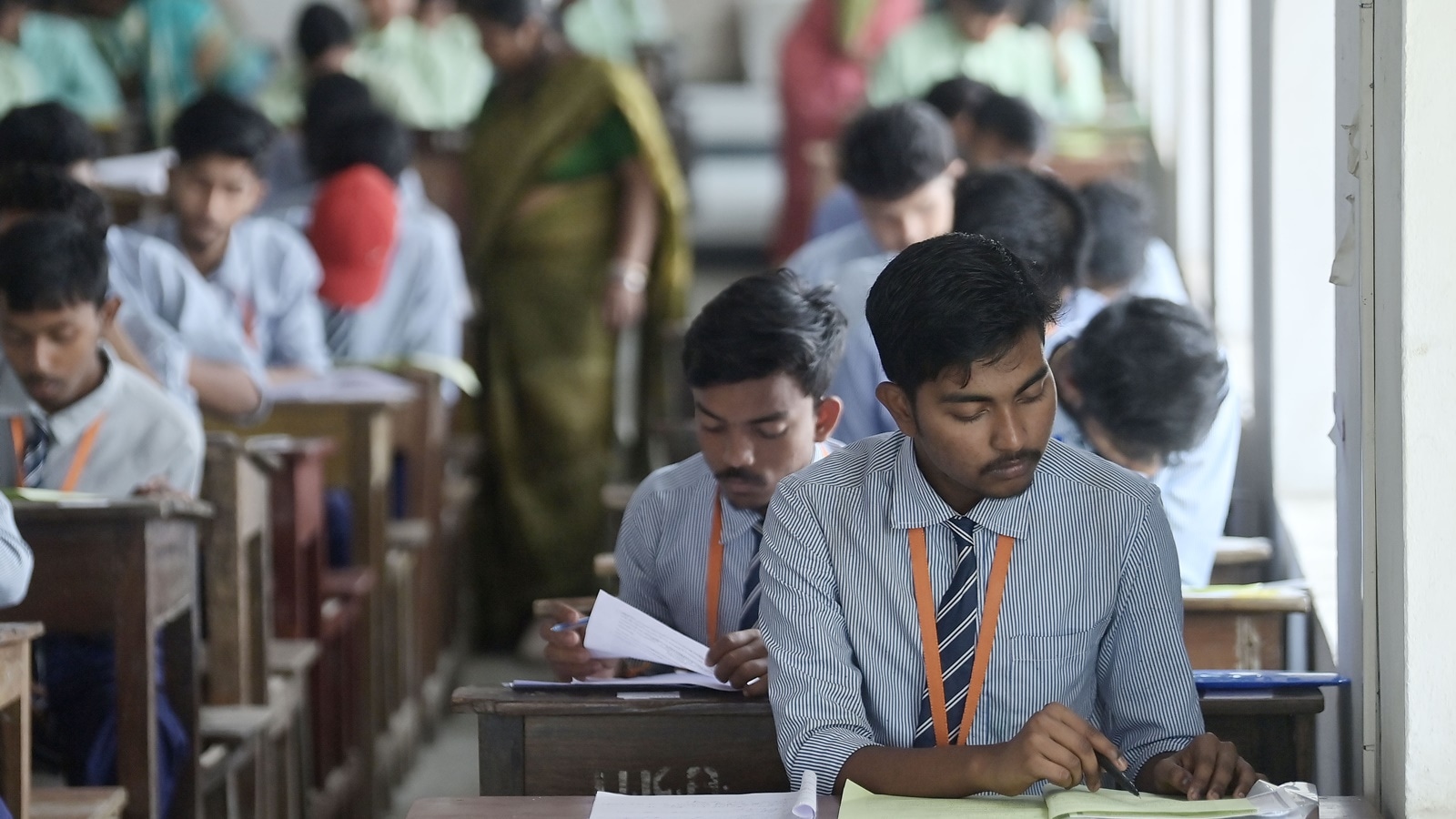Obsolete testing technique leading to ‘false positive’ for presence of banned Shahtoosh guard hair, say traders
Obsolete testing technique leading to ‘false positive’ for presence of banned Shahtoosh guard hair, say traders
Traders of universally-prized Pashmina shawls are complaining that “obsolete testing methods” have resulted in many of their export consignments being flagged for presence of ‘Shahtoosh’ guard hair, which is obtained from endangered Tibetan antelopes. The traders claim the use of obsolete techniques such as ‘Light Microscopy’ by the authorities has resulted in several cases of ‘false positive’ leading to their wrongful prosecution.
Pashmina is obtained from breeds of mountain goats ( capra hircus) found in the Changthang Plateau in Tibet and parts of Ladakh, in the Himalayan region of India.
Manufacture of Pashmina is a largely unorganised cottage/handicraft industry providing employment and livelihood to approximately 6 lakh people, most notably to local skilled villagers and artisans in Kashmir.
Shahtoosh, on the other hand, is the fine undercoat fibre obtained from the Tibetan Antelope, known locally as ‘Chiru’, a species living mainly in the northern parts of the Changthang Plateau in Tibet. As they offer high levels of smoothness and warmth, Shahtoosh shawls became a highly expensive commodity.
Unfortunately, due to commercial poaching of the animal, their population declined dramatically. CITES (Convention on International Trade in Endangered Species of Wild Fauna & Flora) included the Tibetan Antelope in 1979 leading to prohibition in sale and trade of Shahtoosh shawls and scarves.
Difficult to differentiate
As the two materials have similar physical properties and tangibility, differentiation is hard without advanced scientific forensic methods.
Naqeed Qazi, a Pashmina trader, has first-hand experience of one of his export consignments of Pashmina shawls getting flagged by Customs authorities for presence of Shahtoosh. “I had sought DNA testing of the consignment but my appeal was rejected,” Mr. Naqeed said.
The sample from his consignment was instead sent to the Wildlife Institute of India, Dehradun, which employs Light Microscopy technique to look for the presence of Shahtoosh. Light Microscopy method, Mr. Naqeed said, “was subjective and depended to a large extent on the expertise of the examiner”.
“My case then involved the CBI. The agency came to my office in Kashmir and went to the artisans. Even though they were very professional and there was no harassment, for a common trader or weaver, CBI knocking on your door is a big thing,” he said.
“Now, Enforcement Directorate (ED) has got involved in the case and they are looking into the money laundering angle. This is all being done on the basis of one wrong test,” Mr. Naqeed rued.
Another Pashimina trader, Imran Rashid, said due to the “prevailing system” a lot of export orders get cancelled as it takes months – in some cases years – for the shipment to eventually get released by the officials.
“Till this whole process of testing is over, the shipment is lying with the Customs. It is rotting and the clients are not going to wait for that long. As a result, the value of Pashmina exports has dropped from over ₹750 crore about 6-7 years ago to about ₹100 crore today,” Mr. Rashid stated.
He commented that as many of the exporters do not want get into this kind of trouble, many have quit the export-end of business and are focussing on retail. “That’s why there is such a huge dip in exports,” he explained.
“This is hurting the cottage industry which employs almost 10 lakh people directly and indirectly. Out of these, 6 lakh are artisans – weavers, embroiderers, etc. Basically, the grassroots level of society has been hit hard since exports are declining. People would obviously want to not venture into something which is too risky. We are talking about serious criminal and civil prosecution here,” he said grimly.
Mr. Rashid said many exporters facing prosecutions have countless experiences of conflicting results of the government’s own forensic reports.
An artisan in Kashmir crafting the Pashmina shawl
| Photo Credit: SPECIAL ARRANGEMENT
HC moved
Left with no other option, the Pashmina Exporters and Manufacturers Association has moved a petition before the Delhi High Court, for a direction to improve the existing testing infrastructure by incorporating the modern ‘Scanning Electron Miscrospcopic’ technique and DNA tests.
Advocates Tanveer Ahmed Mir and Kartik Venu, who represented the association, said that the ambiguity in the forensic results adversely impacts the Pashmina industry at large reputationally and economically.
Mr. Mir said that the traders are subjected to both Customs prosecutions – on suspicion of presence of Shahtoosh guard hair – as well as criminal prosecutions by Wildlife Crime Control Bureau (WCCB), CBI, and ED possibly leading to incarceration up to seven years, even when it is not clearly proved if the material used is in fact a contraband.
BIS for Pashmina
India contributes only about 1% of the world’s Pashmina, but the Pashmina produced in India is considered the best of the lot and occupies a unique position.
Due to restricted availability and high prices, adulteration of Pashmina with sheep wool/ultra-fine merino wool is a common practice by manufacturers. In 2019, the Bureau of Indian Standards (BIS) published an Indian Standard for identification, marking and labelling of Pashmina products to certify their purity.
In 2021, the BIS released a revised report titled ‘Identification, Labelling and Marking of Pashmina Products’ that mandated directions for incorporating qualitative and quantitative identification of Shahtoosh guard hair.
The Pashmina traders say the BIS testing standards are still to be implemented by the forensic authorities.





